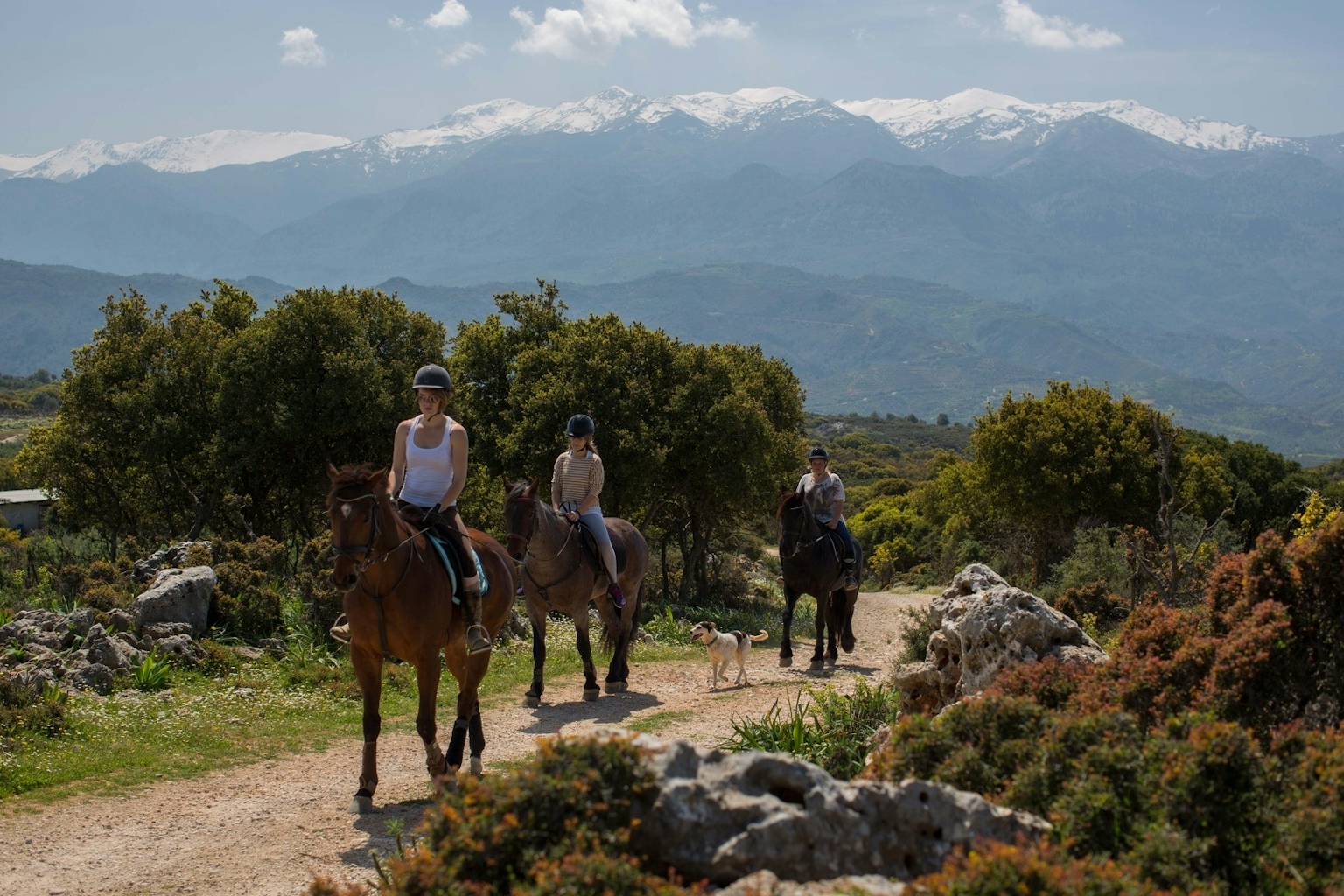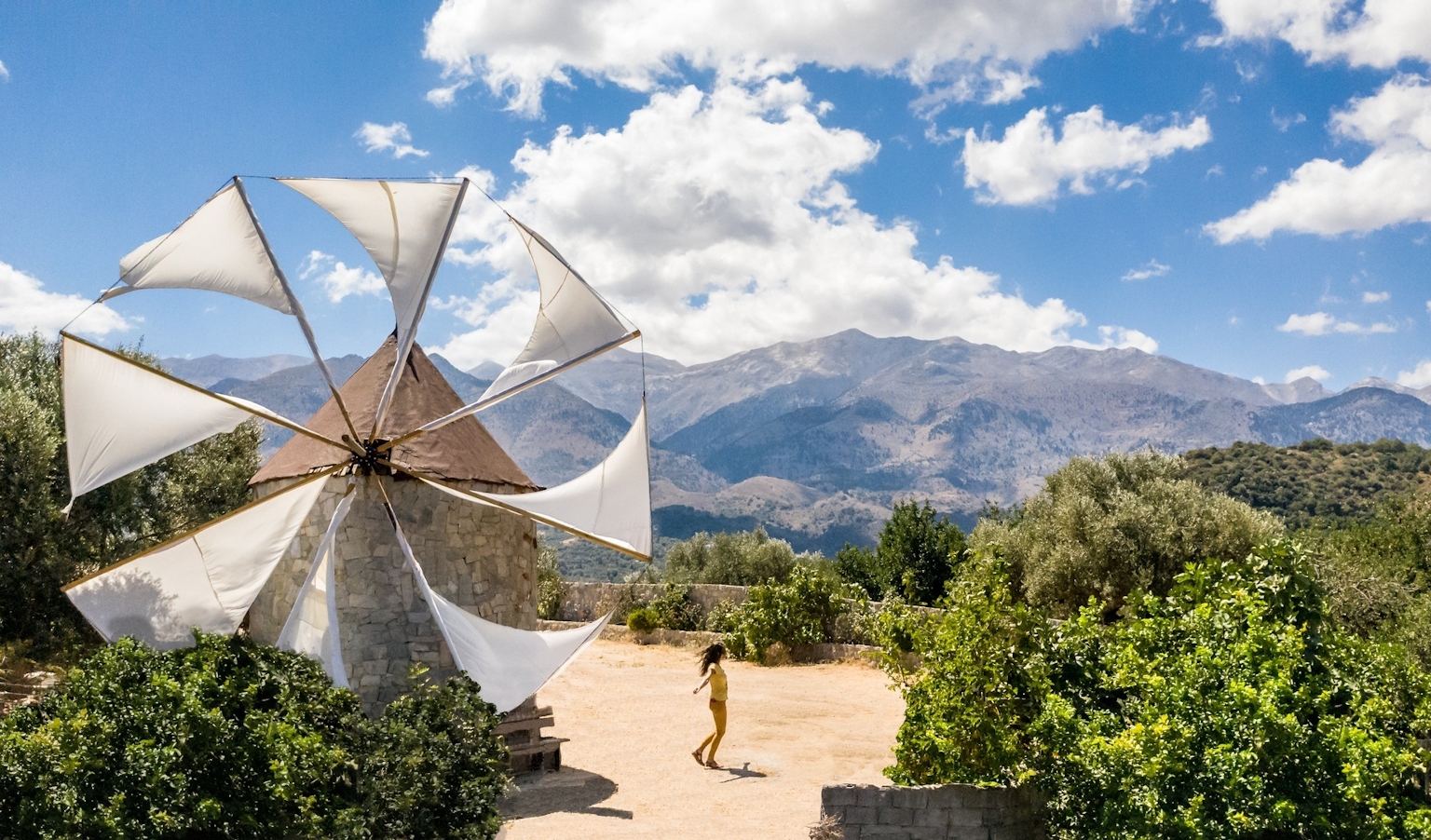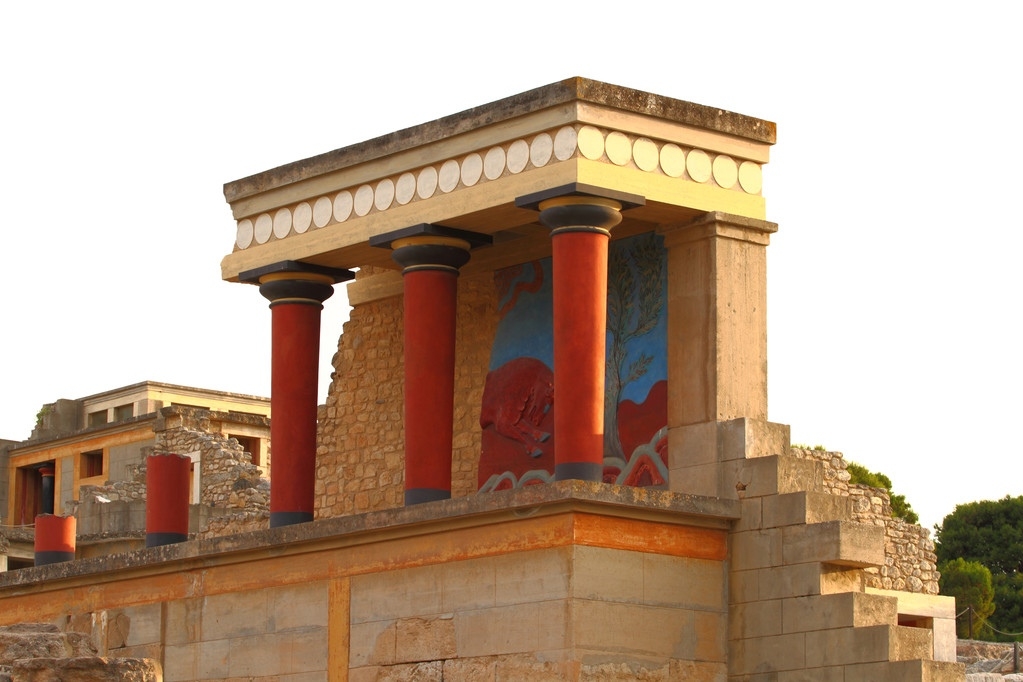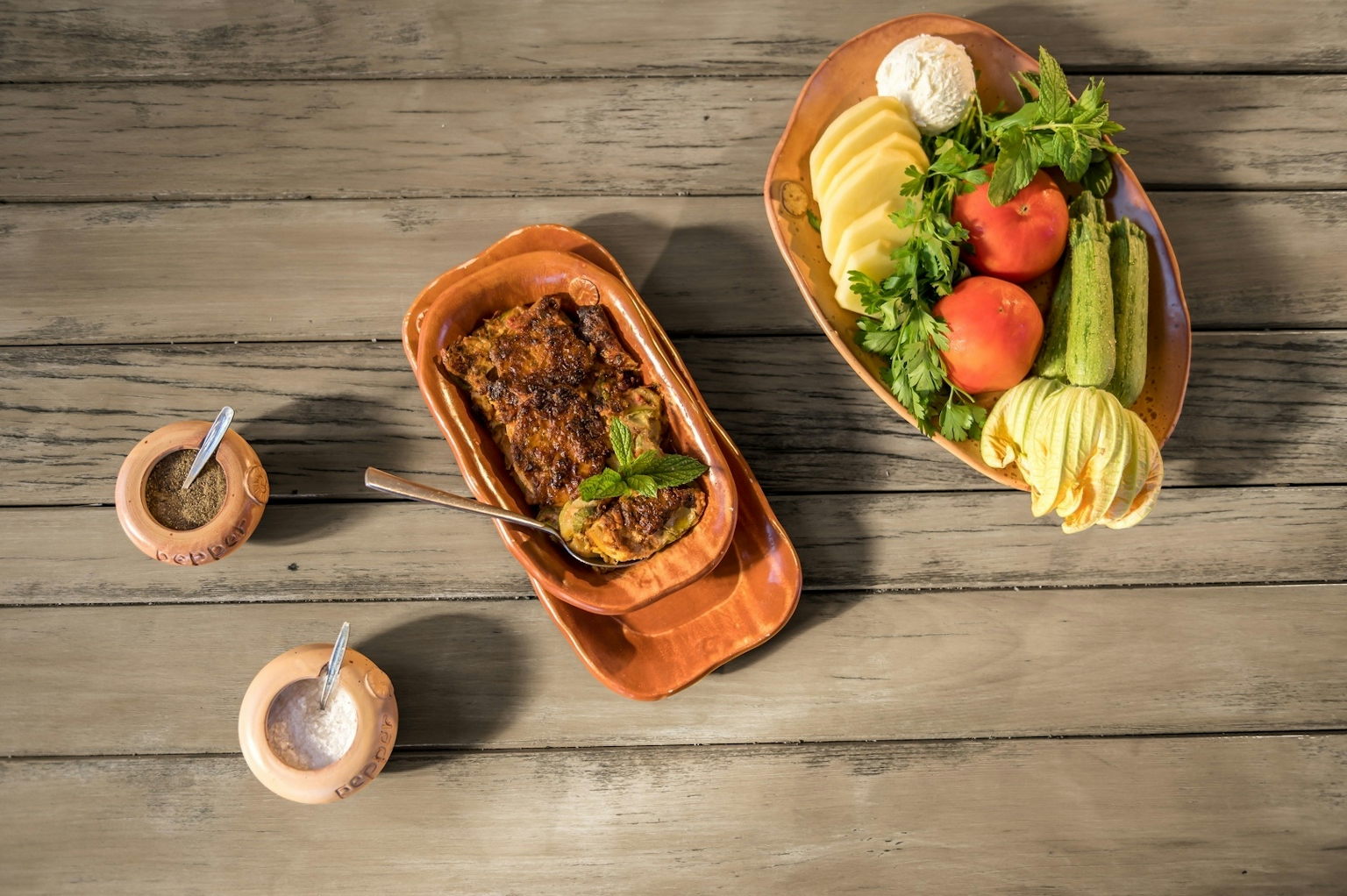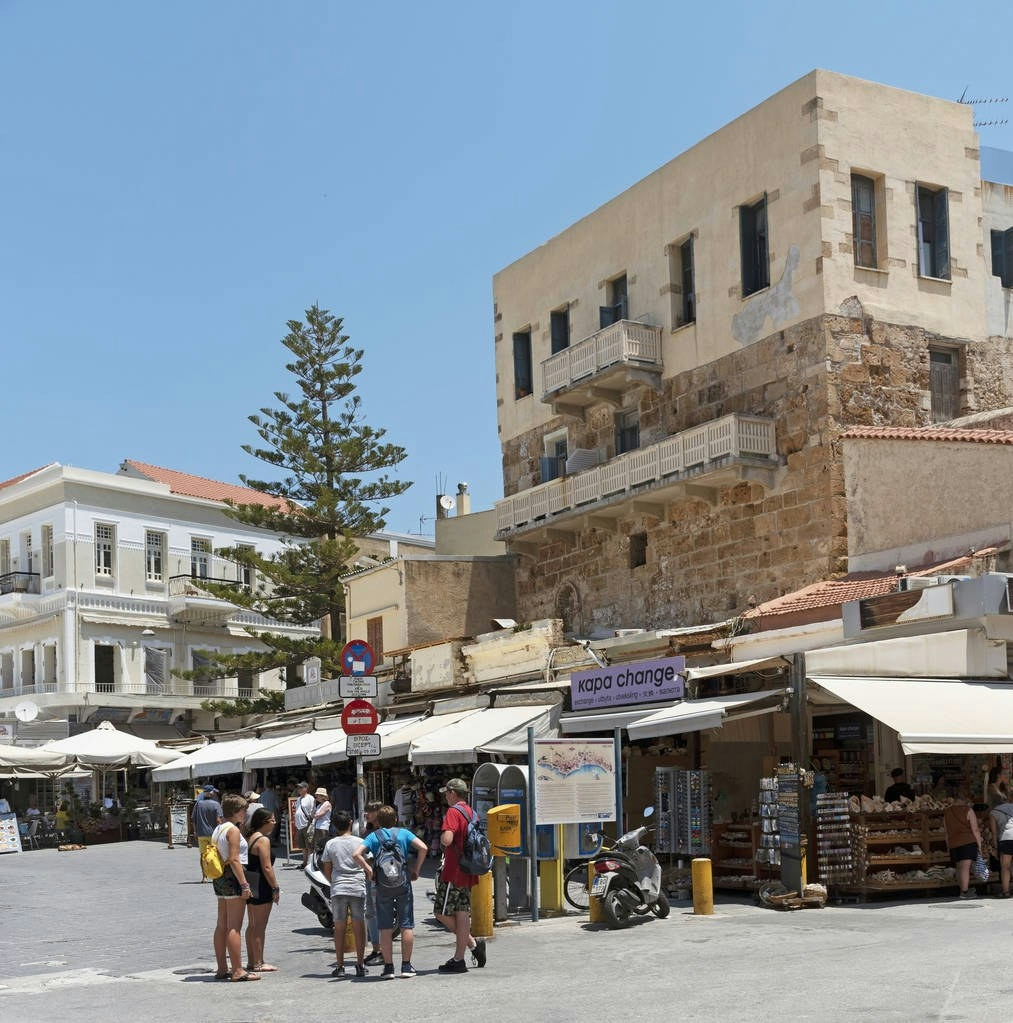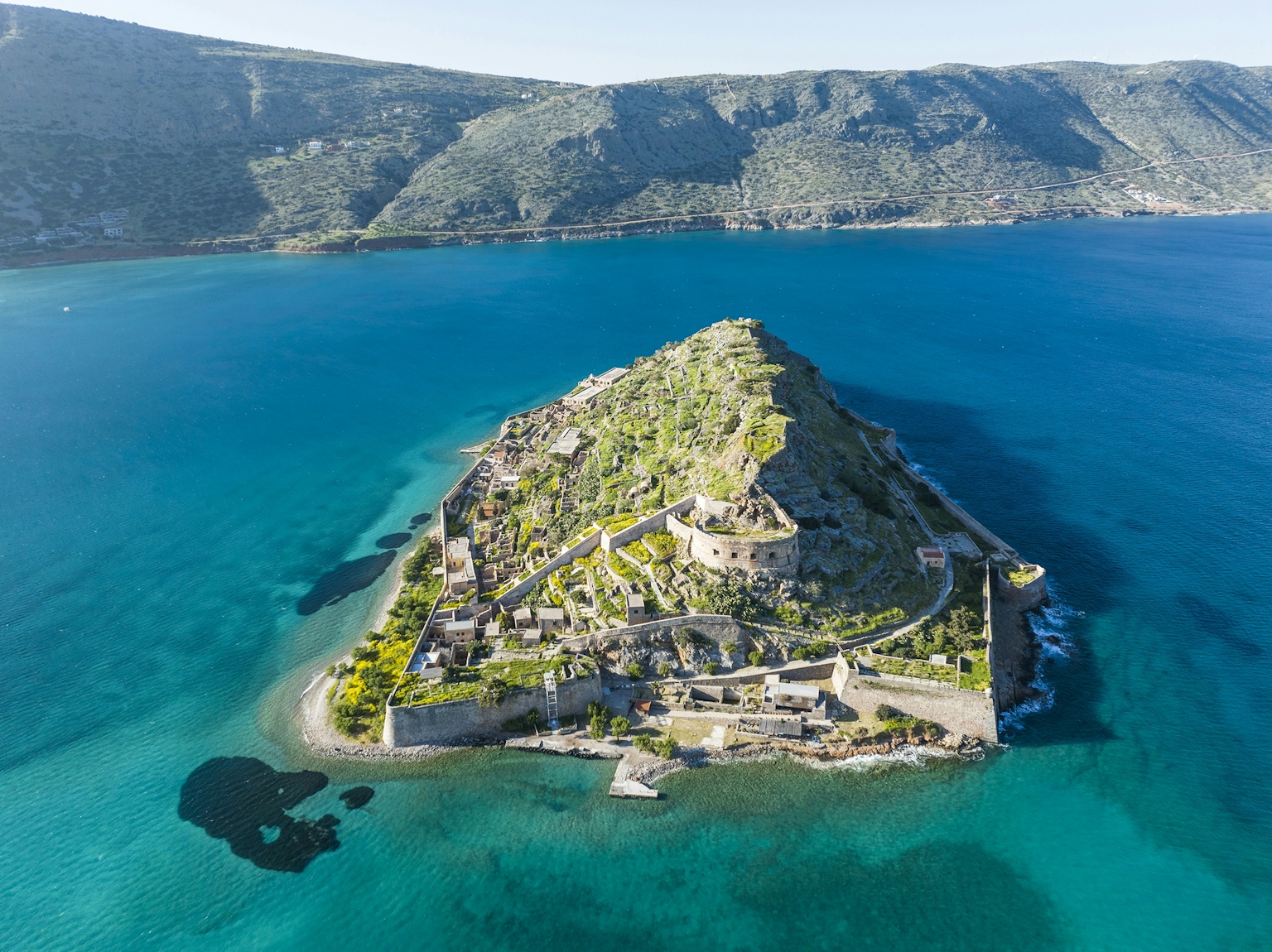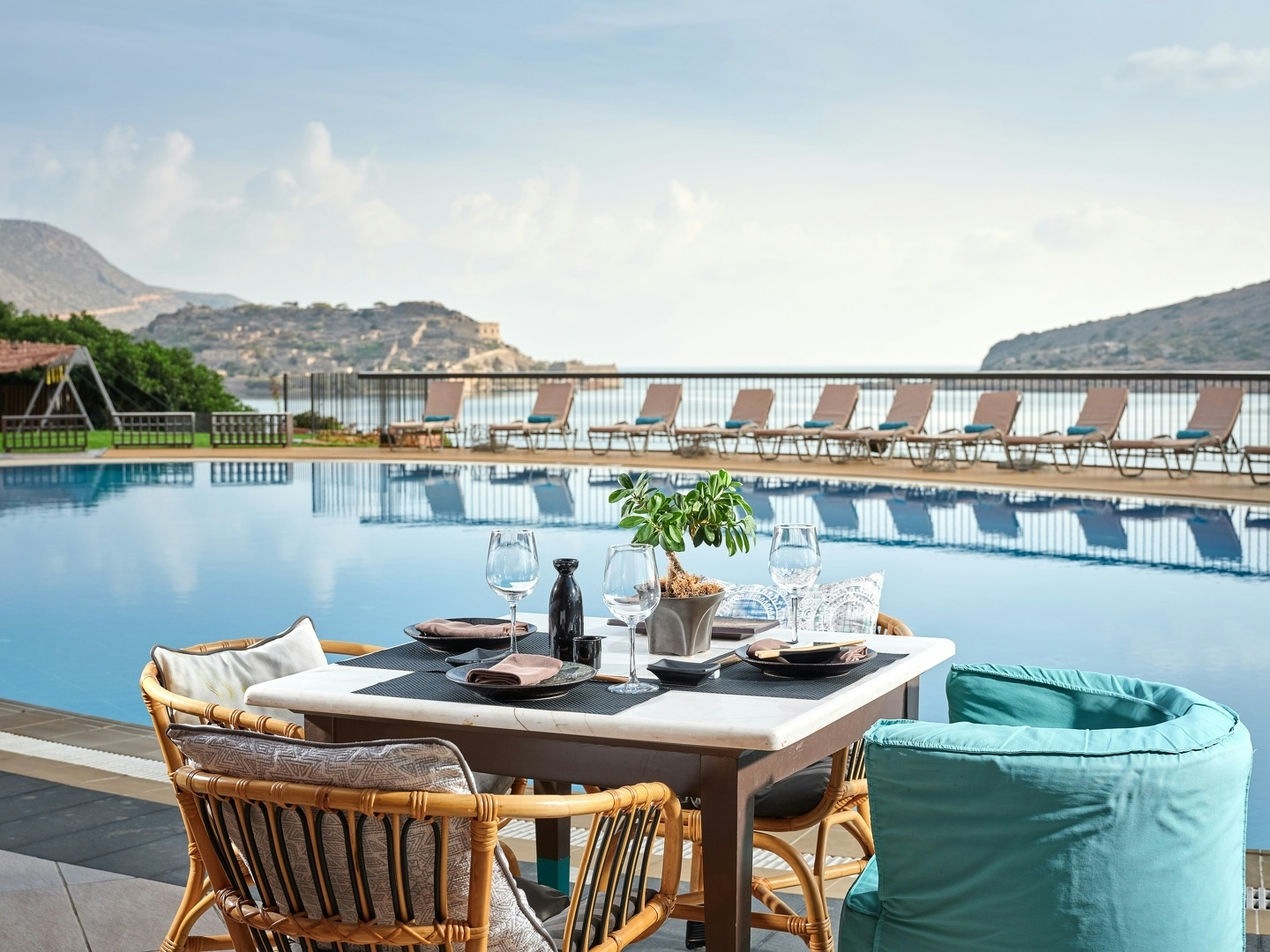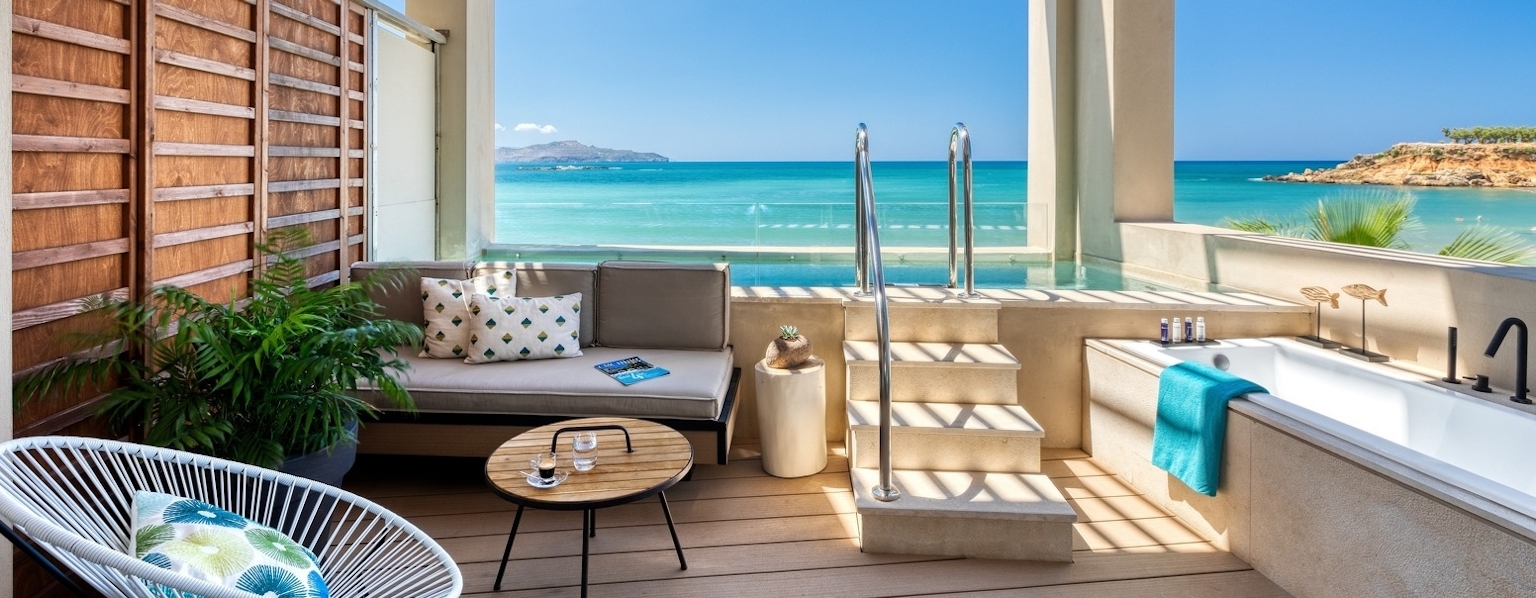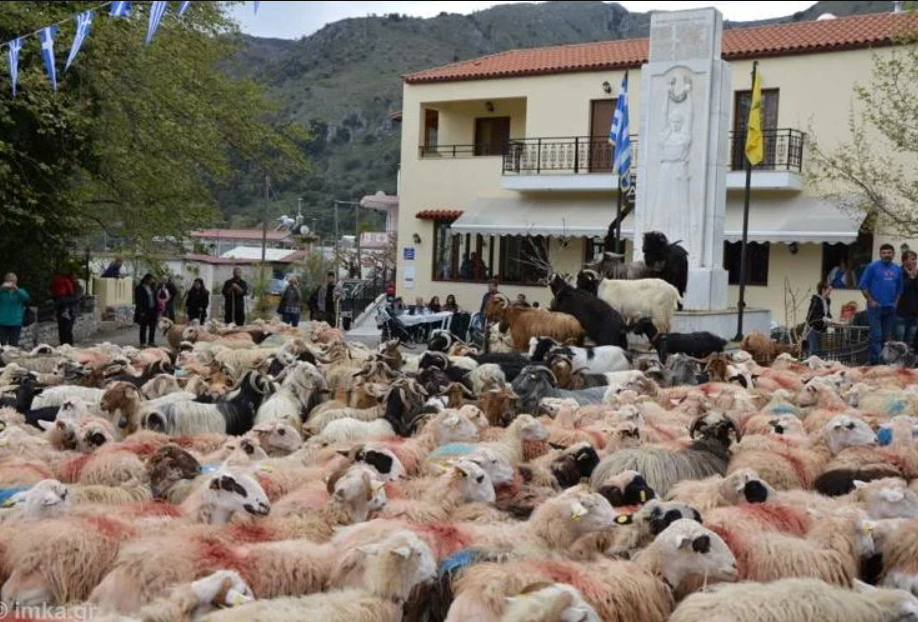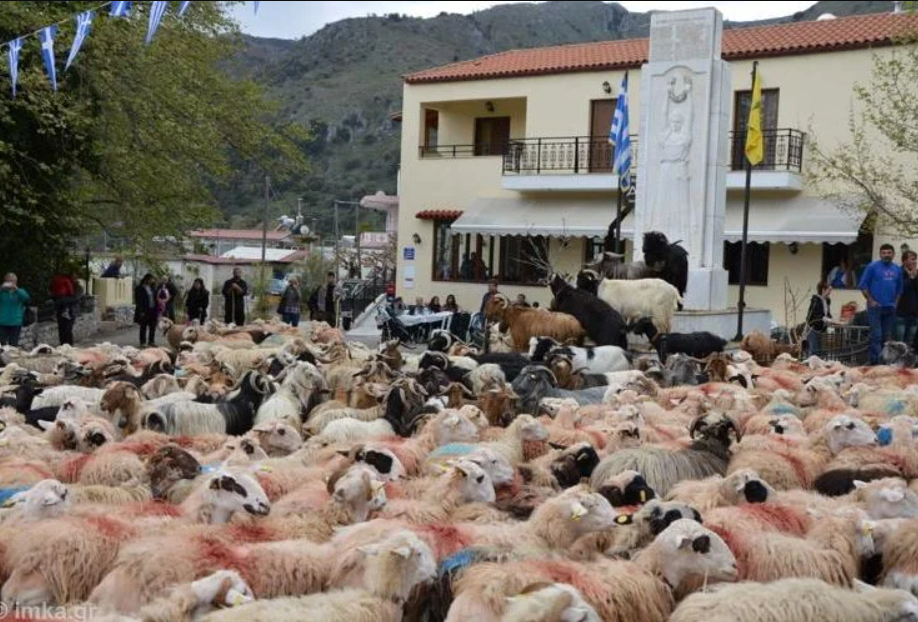Discover the Riches of Cretan Handicrafts: All in One Exhibition!
Art & Culture
Art & Culture
Experience ‘Arodami ki Aspalathi’ (Tender Shoots and Spiny Brooms): Engaging with the treasures of Cretan handicrafts, hosted at the Museum of Visual Arts in Heraklion from Saturday 27th April to 7th June 2024.
Iris Kritikou curated the exhibition.
In the hands of Crete's craftsmen, fragrances mingle with the vibrant spiny brooms, breathing life into their creations. From tender shoots and earthy sprigs to mature thorny shrubs, each element is deftly woven into timeless motifs, embodying the essence of enduring craftsmanship.
Within the exhibition's dynamic sphere, distinguished Greek artists from diverse backgrounds engage with an array of media and materials, crafting works rich in pictorial, plastic, and symbolic allusions. In this immersive arena, which encompasses weaving, embroidery, ceramics, woodcarving, jewellery, and more, they delve into the tangible and intangible essence of heritage. This vibrant world comes to life through the organic dialogue among participating artists, drawing inspiration from historical artefacts preserved in both public and private collections. Additionally, they evoke the spirit of Cretan literature, vividly conjuring imagery from ‘Erotokritos’ and ‘Erofili’, as well as the charming verses of ‘mantinades’ (a form of poetry that originated in Crete during the Venetian period).
The exhibition title suggests an open space where old and new events and images mingle, fostering open dialogues between light material and contemplative strolls through the mind's eye. It provides ample room for various perspectives, uncovering both obvious and subtle connections, weaving together a diverse narrative that affirms and enriches the ongoing creative legacy of Crete.
The loom and Cretan textiles, renowned for their beauty within Greek tradition, feature symbolic depictions of horseback riders and flowers, as well as geometric patterns inspired by Byzantine art. Solid-coloured or two-toned patterned fabrics, cherished as part of the Cretan bride's dowry, are meticulously woven treasures. Striped designs and stitches portraying the sacred tree of life, alongside motifs dating back to the Minoan era, evoke a timeless allure. Costumes, aprons, and embroidered hemlines adorned with double-headed eagles, snakes, flowering vases, and mermaids harken back to the Renaissance. From small backpacks carried by shepherds to wedding sacks, large woven blankets, blankets for laying over animals, towels, and sofa covers, these items, along with ceramic jars, staffs, bridal buns, lyres, stools, and wood-carved chests, serve as captivating focal points of the exhibition. They offer a vivid depiction of Cretan memory, encompassing both tangible and intangible aspects of the island's heritage.
Artisanal tradition shapes the identity of a place, capturing the essence of its people and their stories. It bridges the gap between past and present, intertwining roots and ancestral motifs with cherished family heirlooms passed down through generations. Through intricate patterns and meaningful relationships, it serves as a vessel for transmitting knowledge and preserving traditions. It preserves and imparts skills, connecting various materials and techniques. It harmonises the craftsmanship of skilled hands with the creativity and vision of the mind.
It's also worth noting that within the exhibition, alongside contemporary works crafted with respect and understanding of its heritage, archival pieces by Florentine Kaloutsi (1890-1971) are showcased. Kaloutsi, through her pioneering enterprise Double Axes, was the first to blend Minoan and folk motifs with the traditional technique of Cretan weaving. Her work not only highlights the rich Cretan heritage spanning from Minoan to folk art but also garnered international acclaim, earning numerous awards and distinctions. Additionally, the exhibition features works by esteemed naïve Cretan painters Alkiviadis Skoulas and Maria Fioraki, whose themes are closely related to the exhibition, adding further prestige to the event.
As part of the exhibition, various parallel activities are planned, including educational workshops, guided tours, musical tributes, and a thematic workshop.
Participating artists:
Christos Alatsakis, Vasileia Anipsitaki, Kyriaki Arkouli, Anna Achilleos, Katia Varvaki, Marina Vlachaki, Irini Vogiatzi, Marios Voutsinas, Yiannis Gavalas, Maria Galanaki, Mary Galani-Kritikou, Maria Geroula, Stratigoula Giannikopoulou, Irini Gonou, Katerina Grafanaki, Maria Grigoriadi, Panagiotis Daramaras, Dikaia Despotaki, Maria Diakodimitriou, Katerina Dramitinou, Yiannis Eptaminitakis, Irini Zaimi, Anna Kazakou, Despina Kalliga, Katerina Kalitsounaki, Vaso Kaloudioti, Florentini Kaloutsi, Vicky Kammenou, Minas Kampitakis, Voula Karabatzaki, Vasilis Kilitslis, Maro Kornilaki, Maria Kotsou, Rodi Konstantoglou, Dimitra Konstantinidi, Sofia Lambropoulou, Janet Liodaki, Loudovikos of Anogia, Tassos Madamopoulos, Marinos Makrakis, Barbara Maltezou, Lydia Margaroni, Minas Mavrikakis, Manos Batzolis, Georgia Bliatsou, Lambrini Boviatsou, Ismini Bonatsou, Rouli Boua, Giannis Brouzos, Aleka Myrilla, Leda Nathena, Mary Dagianta, Christos Papadakis, Giorgos Papadomanolakis, Christina Paraskevopoulou, Vivi Perysinaki, Vangelis Polyzos, Michalis Sakalis, Titika Salla, Katerina Sarafi, Ifigenia Sdoukou, Zoe Sekleizioti, Eleni Siousti, Alkiviadis Skoulas, Paraskevi Spyrou, Katerina Stathatou, Marina Stellatou, Ioanna Terlidou, Giorgos Tzaneris, Nikos Triantafyllou, Vaso Triga, Katerina Tsebeli, Michalis Falkonis, Virginia Filippousi, Maria Fioraki, Maria Chaniou, Athina Chatzi, Pepi Chatzidaki.
Address: 3 Nymfon Street, Heraklion
Opening hours: Monday-Friday 18:00-20:00 or by appointment
Tel: 6976 974000
E-mail: met.heraklion@gmail.com
Related news
